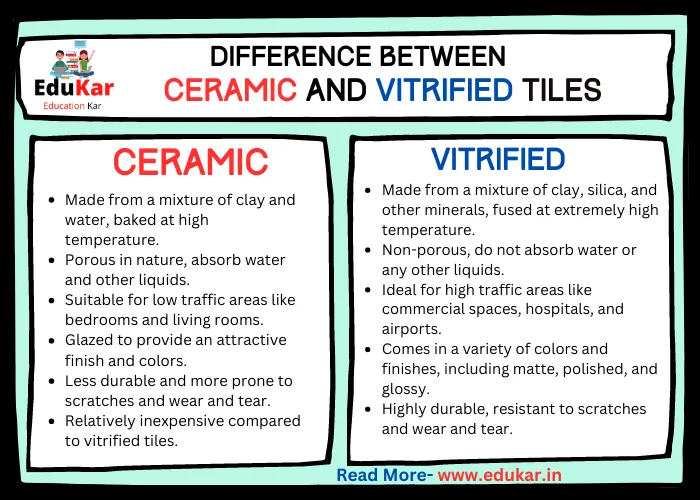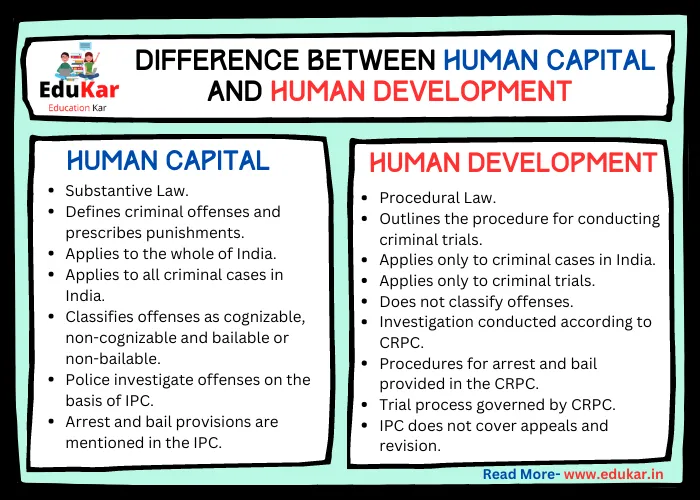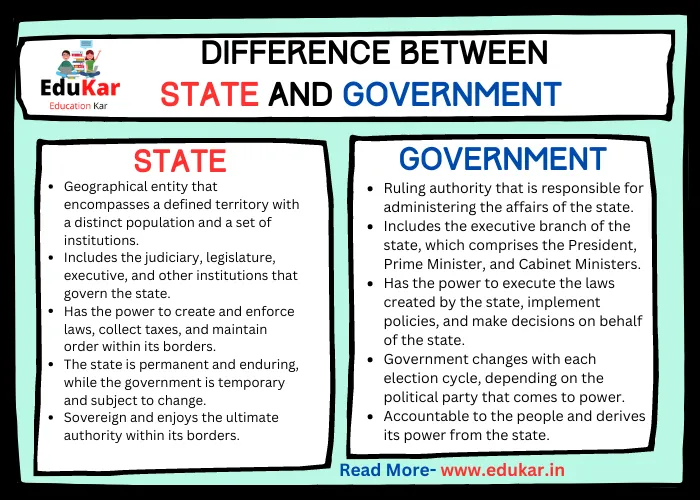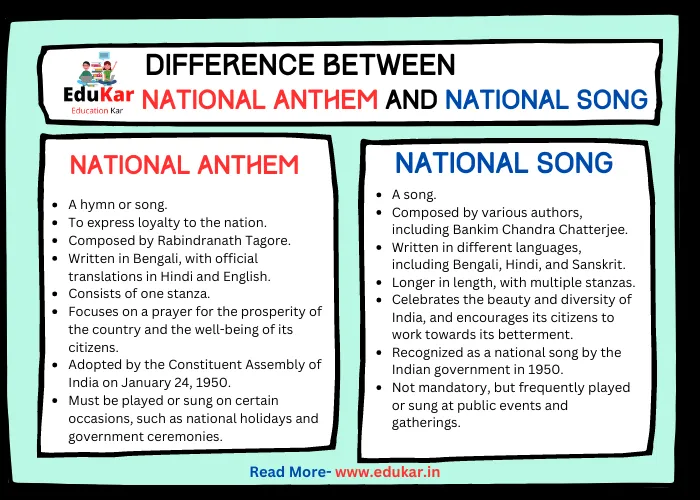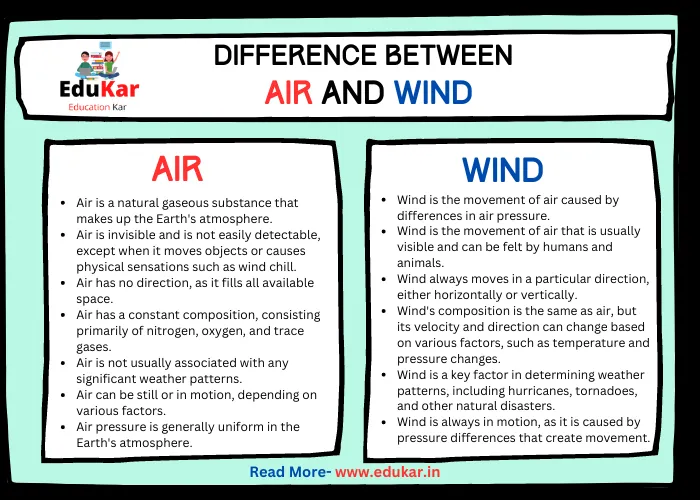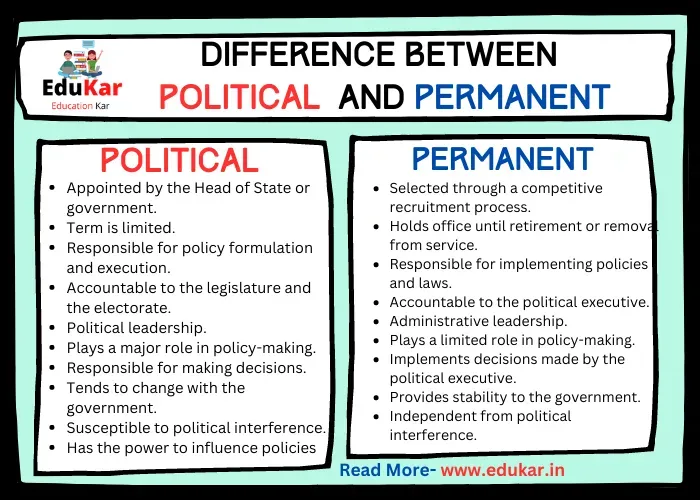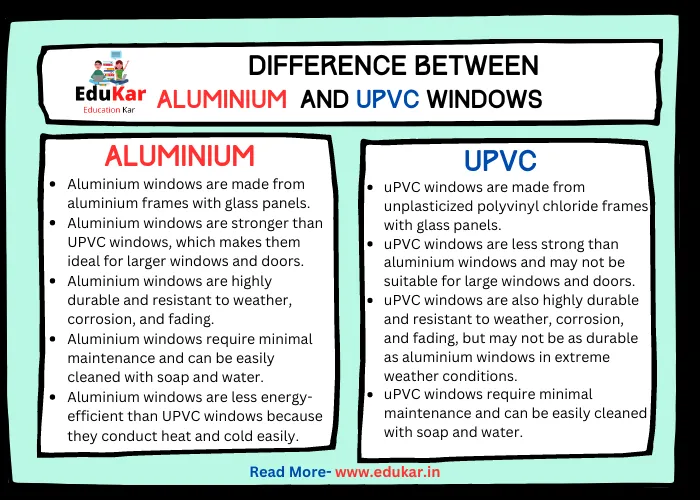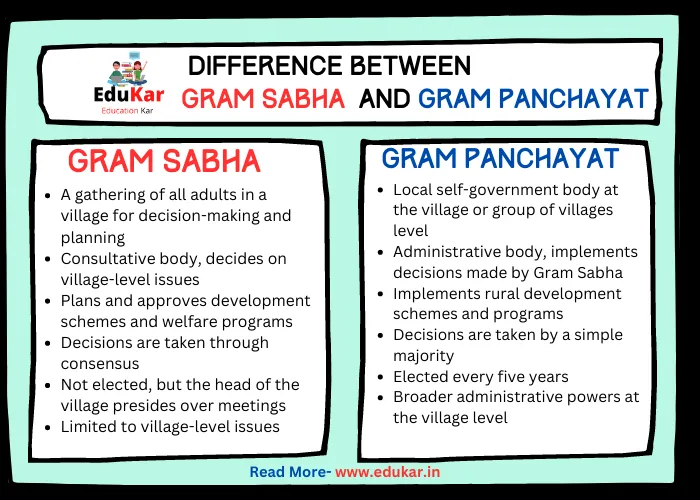Contents
- 1 Introduction
- 2 Characteristics of a Formal Garden
- 2.1 1. Symmetry and Structure
- 2.2 2. Use of Geometric Shapes and Patterns
- 2.3 3. Use of Hedges, Topiaries, and Parterres
- 2.4 4. Central Focal Point
- 2.5 5. Hardscape Elements
- 2.6 Characteristics of an Informal Garden
- 2.7 1. Naturalistic and Relaxed
- 2.8 2. Curved or Irregular Shapes
- 2.9 3. Use of Organic Materials
- 2.10 4. Incorporation of Natural Elements:
- 2.11 5. Lacks Central Focal Point
- 2.12 6. Wide Variety of Plants
- 3 Difference between Formal and Informal Garden
- 4 Final Thoughts
- 5 Important FAQs
Learn about the key differences between formal and informal garden styles in this informative guide. From the use of symmetry and structure to the placement of plants and features, discover how to create a garden that reflects your personal taste and style. Whether you prefer the orderly elegance of a formal garden or the relaxed charm of an informal one, this article has everything you need to know to make your green space a true reflection of your unique vision.
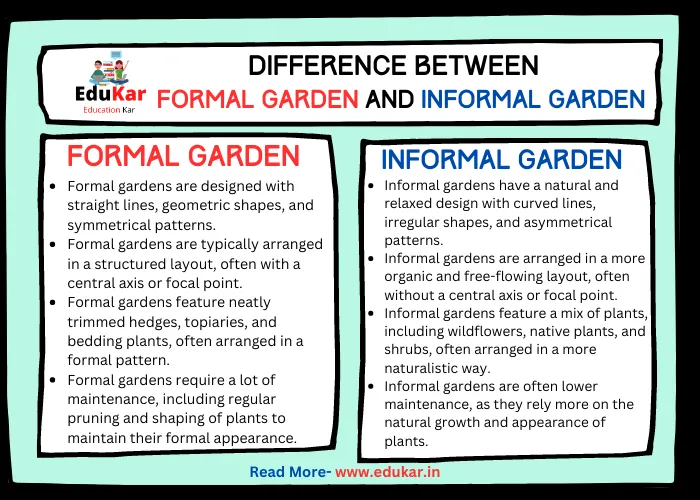
Introduction
Gardening is a hobby that is enjoyed by millions of people around the world. A garden can be a place of relaxation, a source of fresh produce, or a space for social gatherings. However, not all gardens are created equal. There are two main styles of gardens that are popular among gardeners: formal and informal.
Characteristics of a Formal Garden
1. Symmetry and Structure
Formal gardens are typically designed on a grid or axis, with each element placed in a specific location to create a symmetrical composition. This creates a sense of order and elegance in the garden.
2. Use of Geometric Shapes and Patterns
Formal gardens often use geometric shapes and patterns, such as squares, circles, and diamonds. This creates a sense of harmony and balance in the garden.
3. Use of Hedges, Topiaries, and Parterres
Formal gardens often incorporate hedges, topiaries, and parterres. These elements are used to create structure and shape in the garden. They can also be used to create a sense of privacy and enclosure.
4. Central Focal Point
A formal garden typically includes a central focal point, such as a fountain or statue. This creates a sense of importance and grandeur in the garden.
5. Hardscape Elements
Formal gardens often incorporate hardscape elements, such as paths, walls, and benches. These elements are used to create structure and order in the garden. They can also be used to create seating areas and paths for visitors to explore the garden.
Characteristics of an Informal Garden
1. Naturalistic and Relaxed
Informal gardens are designed to look natural and flowing. They feature curved or irregular shapes, organic materials such as wood and stone, and incorporate natural elements such as water features, rock formations, and wildflowers. This creates a sense of tranquility and relaxation in the garden.
2. Curved or Irregular Shapes
Informal gardens often feature curved or irregular shapes. This creates a sense of movement and flow in the garden.
3. Use of Organic Materials
Informal gardens often use organic materials, such as wood and stone. These elements create a sense of natural beauty in the garden.
4. Incorporation of Natural Elements:
Informal gardens often incorporate natural elements such as water features, rock formations, and wildflowers. These elements create a sense of connection to the natural environment and can attract wildlife to the garden.
5. Lacks Central Focal Point
Unlike formal gardens, informal gardens typically lack a central focal point. Instead, they have a meandering flow that invites visitors to explore and discover different areas of the garden.
6. Wide Variety of Plants
Difference between Formal and Informal Garden
| Difference | Formal Garden | Informal Garden |
|---|---|---|
| Design | Formal gardens are designed with straight lines, geometric shapes, and symmetrical patterns. | Informal gardens have a natural and relaxed design with curved lines, irregular shapes, and asymmetrical patterns. |
| Layout | Formal gardens are typically arranged in a structured layout, often with a central axis or focal point. | Informal gardens are arranged in a more organic and free-flowing layout, often without a central axis or focal point. |
| Plants | Formal gardens feature neatly trimmed hedges, topiaries, and bedding plants, often arranged in a formal pattern. | Informal gardens feature a mix of plants, including wildflowers, native plants, and shrubs, often arranged in a more naturalistic way. |
| Maintenance | Formal gardens require a lot of maintenance, including regular pruning and shaping of plants to maintain their formal appearance. | Informal gardens are often lower maintenance, as they rely more on the natural growth and appearance of plants. |
| Features | Formal gardens often feature fountains, statues, and other formal features, such as parterres or knot gardens. | Informal gardens may include features such as water features, natural stone pathways, and rustic benches or seating areas. |
| Purpose | Formal gardens are often used for entertaining or as a backdrop for formal events, such as weddings or garden parties. | Informal gardens are often used for relaxation, play, or as a natural habitat for wildlife. |
| Style | Formal gardens are typically associated with a traditional or classical style of garden design. | Informal gardens are associated with a more naturalistic or romantic style of garden design. |
| Location | Formal gardens are often found in formal settings, such as public parks, historic estates, or public squares. | Informal gardens are often found in more casual settings, such as private backyards, nature reserves, or public green spaces. |
| Atmosphere | Formal gardens can have a more formal, structured atmosphere, which can be ideal for formal events. | Informal gardens have a more relaxed and casual atmosphere, which can be ideal for everyday use and relaxation. |
| Cost | Formal gardens can be more expensive to design and maintain due to their structured and often elaborate design. | Informal gardens can be less expensive to design and maintain, as they rely more on the natural growth and appearance of plants. |
Final Thoughts
there are many differences between formal and informal gardens. Formal gardens are characterized by their symmetry, structure, and use of geometric shapes and patterns. They often include hardscape elements, such as paths, walls, and benches, and may use a limited color palette. In contrast, informal gardens are naturalistic and relaxed, featuring curved or irregular shapes, organic materials such as wood and stone, and natural elements such as water features and wildflowers. They often use a wider variety of plants, creating a sense of diversity and interest in the garden.
When choosing which style to use in your own garden, it is important to consider factors such as your personal taste, the size and shape of your outdoor space, and the amount of maintenance you are willing to commit to. Whether you choose a formal or informal garden, creating a beautiful outdoor space can bring joy and tranquility to your life.
Important FAQs
What is a formal garden?
A formal garden is a style of garden that is characterized by its symmetry, structure, and use of geometric shapes and patterns. It often includes hardscape elements, such as paths, walls, and benches, and may use a limited color palette.
What is an informal garden?
An informal garden is a style of garden that is naturalistic and relaxed, featuring curved or irregular shapes, organic materials such as wood and stone, and natural elements such as water features and wildflowers. It often uses a wider variety of plants, creating a sense of diversity and interest in the garden.
What are the main differences between formal and informal gardens?
The main differences between formal and informal gardens are their overall style and layout. Formal gardens are characterized by their symmetry and structure, while informal gardens are naturalistic and relaxed. Formal gardens often use hardscape elements, such as paths and benches, and a limited color palette, while informal gardens often use natural materials and a wider variety of plants.
Can a garden be both formal and informal?
Yes, a garden can incorporate elements of both formal and informal styles. For example, you may choose to incorporate a structured design with symmetrical elements but also use a wide variety of plants and natural materials.
Which type of garden is easier to maintain?
Informal gardens generally require less maintenance than formal gardens, as they are designed to have a more natural appearance. However, both types of gardens require regular upkeep, such as pruning and weeding, to keep them looking their best.

